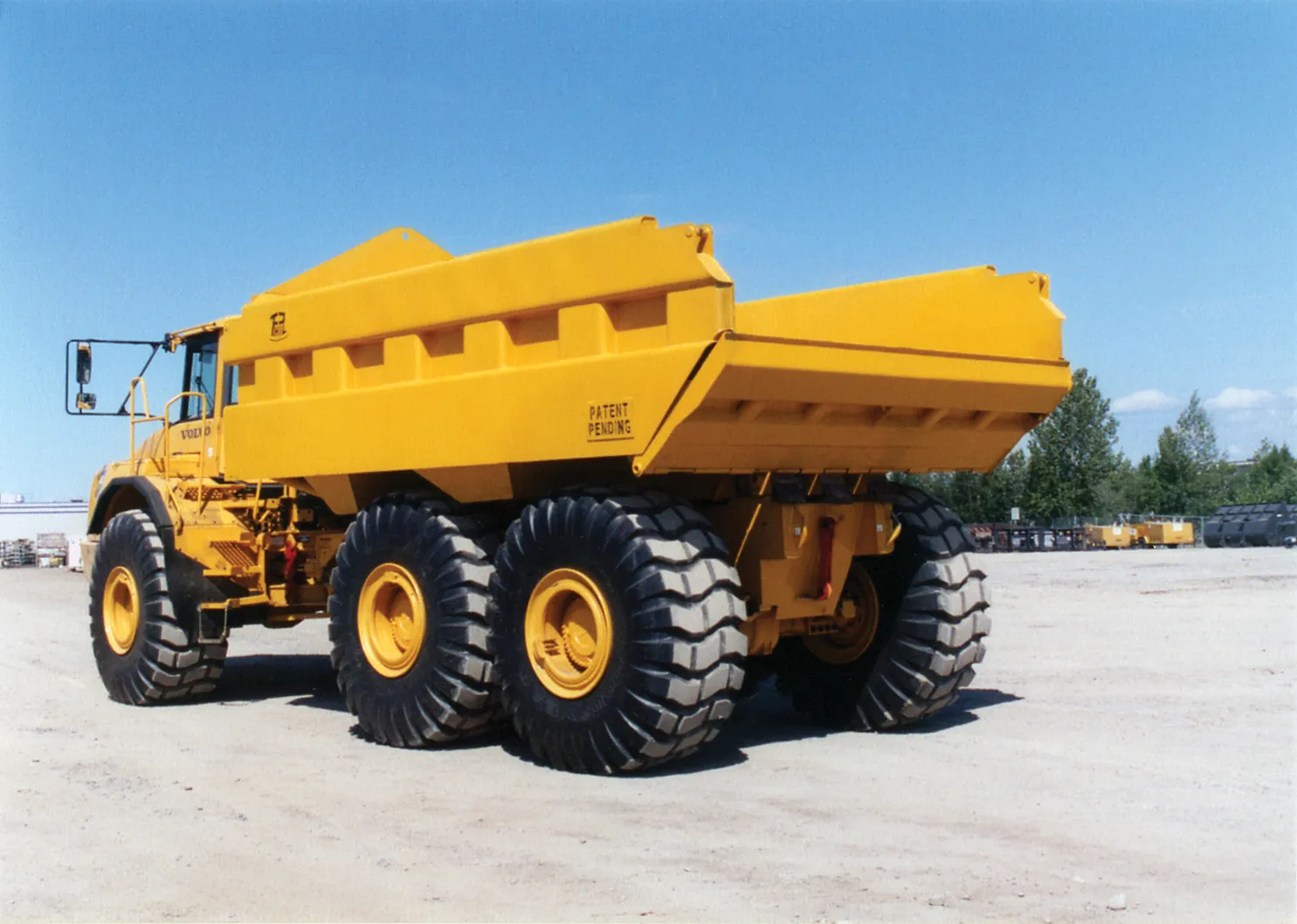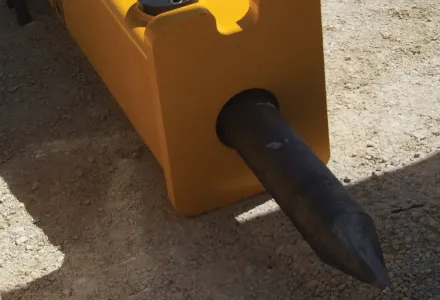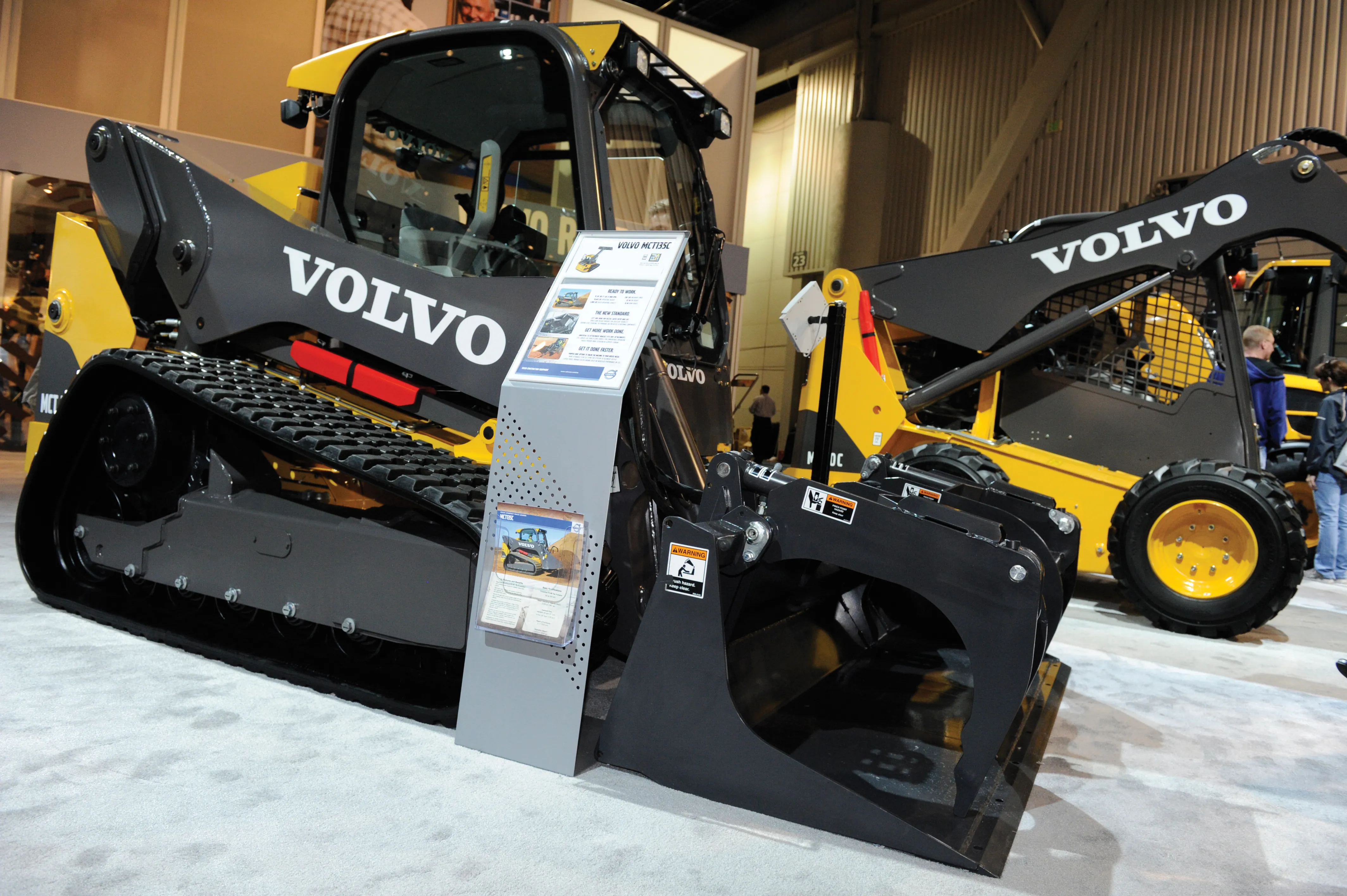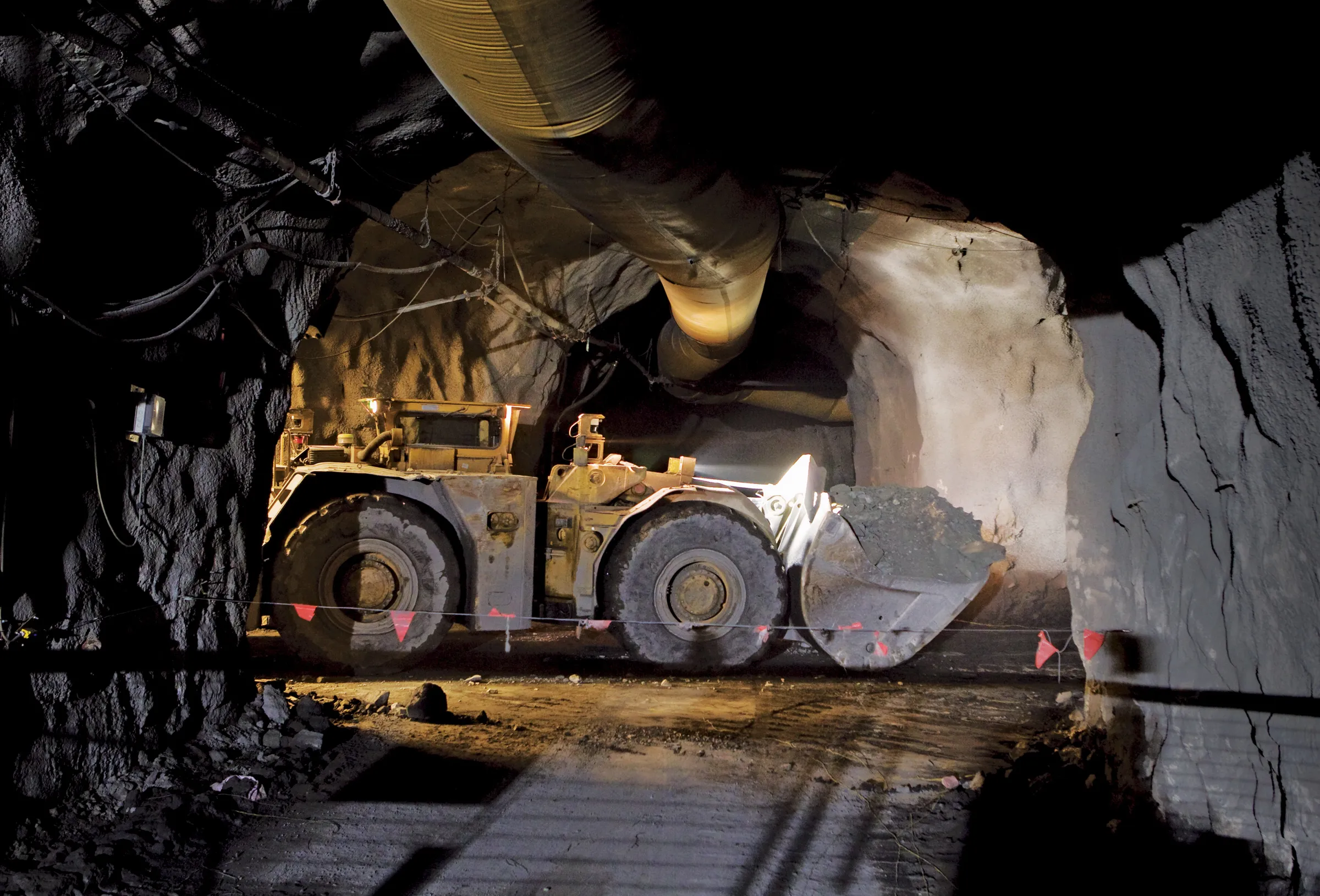US-based dumpbody specialist Philippi-Hagenbuch has been awarded a European patent for its innovative rear-eject dumpbodies. The award was made by the European Union to LeRoy G Hagenbuch, chief engineer and co-founder of Philippi-Hagenbuch. The patent covers the construction and components on the company’s line of rear eject truck bodies. The PHIL rear eject bodies are also patented in the US and Australia and since the firm was founded in 1969, it has earned more than 100 patents for innovations and design
February 22, 2013
Read time: 3 mins

US-based dumpbody specialist
Designed to easily adapt to any make and model of articulated off-highway truck, as well as a number of rigid-frame trucks, these bodies curtail the challenges associated with traditional dump bodies. They eliminate the need to raise the body of the truck, which boosts safety during dumping while the truck is in motion or in the presence of overhead barriers such as power lines, rooflines or bridges. The bodies also are safer in underground applications with low overhead clearance. In addition, the design increases efficiency and stability by providing a lower center of gravity, which allows operators to dump on downhill slopes and in conditions with a soft footing.
The company offers this body to ADT builders and some companies have it in the option list. Only
The bodies are said to dump faster and more easily than a conventional tipping system, as the ejector blade pushes material toward the rear of the truck while the tailgate lowers, completely ejecting the load both cleanly and safely. The sweeping action of the blade removes all materials, even those that are prone to sticking to the sides or floor of the truck bed. This effective dumping action allows for more dumps in less time, which increases jobsite productivity.
The bodies have a single hydraulic cylinder used to operate both the ejector blade and the rear tailgate mechanism. As the ejector blade moves to the rear of the body, the tailgate mechanism located in the sides of the body begins to move to the rear of the truck. This motion lowers the tailgate simply and mechanically without the need for additional hydraulic cylinders.
To further simplify the design, the ejector bodies employ guides integrated into the inside of the body, which provide smooth operation and eliminate rollers that typically break or bind. Additionally, the bodies are constructed of high-strength, abrasion-resistant steel to withstand years of use with little maintenance. Because there are no external rails or guides for the ejector to move on, the bodies are said to provide better loading and increased capacity.
All required grease points have been eliminated for ease of maintenance, and the bodies have a new QuietGlide system to cut noise during operation.








